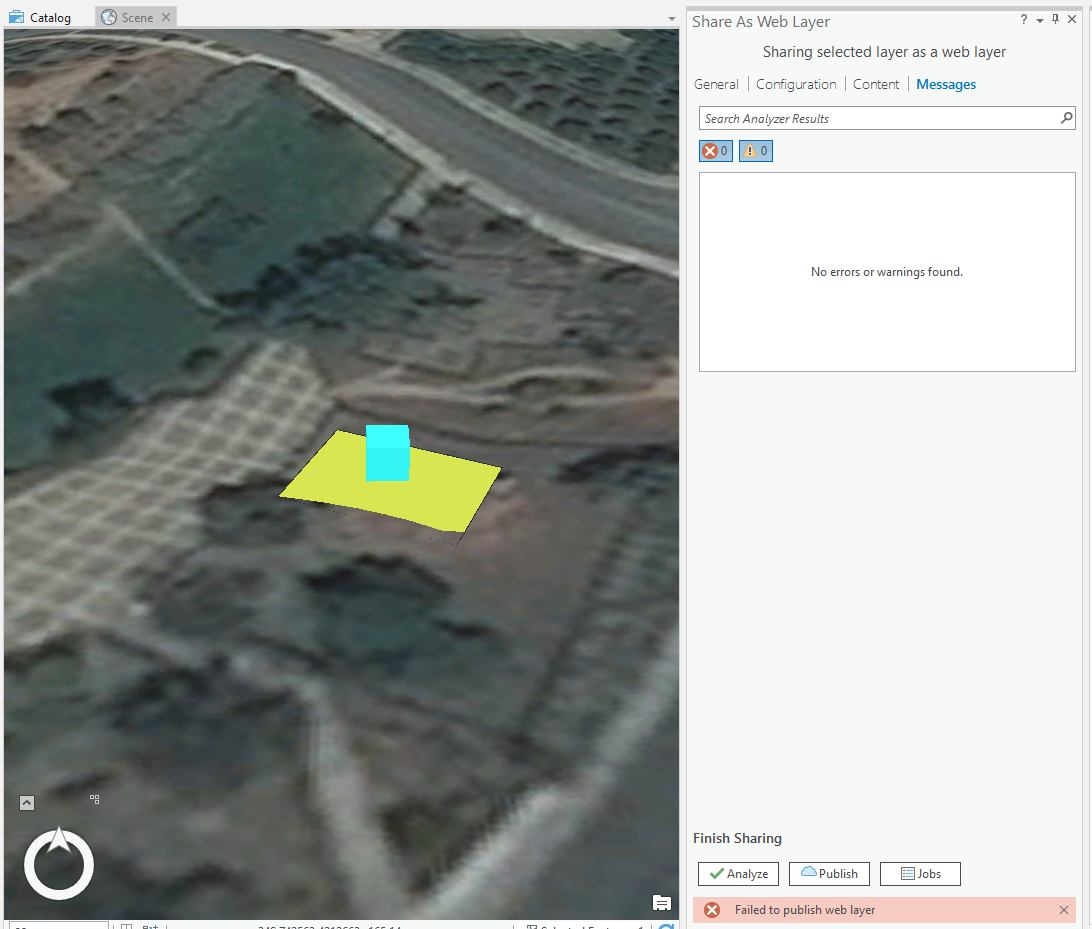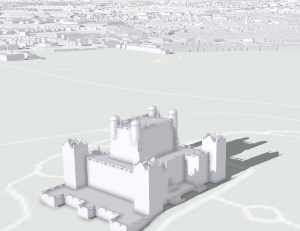

If you just need to store whole numbers, such as 12 or 12,345,678, specify a short or long integer. In choosing the data type, first consider the need for whole numbers versus fractional numbers. Double (double-precision floating-point numbers).Float (single-precision floating-point numbers).You can store numbers in one of four numeric data types: Be sure you know the data type and size limitations of your destination storage format when moving data between data storage types. To learn more about the data type mapping process with your database management system, see Data types in the DBMS.Īdditionally, other data storage formats, such as shapefiles or dbf tables, have different data type limitations. As a result, the data type you see in the table or feature class properties in ArcGIS for Desktop may change from what you initially defined. In this process, it is possible that the values will be stored in the DBMS as a different type, applying different criteria to the data attribute. This process is referred to as data type mapping. The types are matched to the closest data type available in the DBMS. If you store your data in a database or a geodatabase in a database management system (DBMS), ArcGIS data types and the data types of the DBMS might not match directly. The data types explained in this topic include the data types available when creating a feature class or table with ArcGIS.


Choosing the correct data type allows you to correctly store the data and will facilitate your analysis, data management, and business needs. The available types include a variety of number types, text types, date types, binary large objects (BLOBs), or globally unique identifiers (GUIDs). When you create feature classes and tables, you select a data type for each field.


 0 kommentar(er)
0 kommentar(er)
